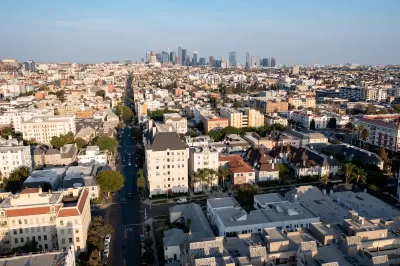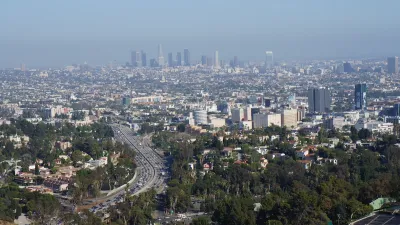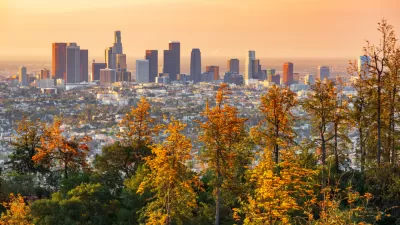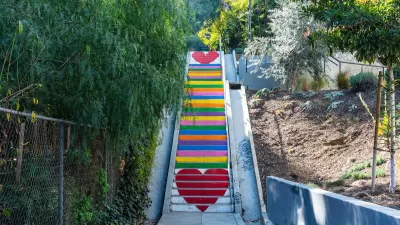LA's thermal inequities leave low-income, minority neighborhoods disproportionately hotter and more vulnerable, prompting advocacy and policy efforts to address these disparities through green infrastructure and equitable climate investments.

Los Angeles faces significant thermal inequities, with low-income and minority communities enduring higher temperatures due to a lack of green spaces and historical public policies. Wealthier, predominantly white neighborhoods benefit from tree canopies, air conditioning, and water-intensive landscaping, while areas like South LA and the San Fernando Valley, which have a history of redlining, suffer from minimal vegetation and older, heat-trapping infrastructure. These disparities have severe health consequences, as minority groups account for a disproportionate share of hospitalizations and deaths during extreme heat events.
The roots of thermal inequity trace back to redlining practices of the 1930s, which systematically deprived minority communities of investment, leading to dense, industrial urban layouts devoid of parks and greenery. Studies reveal that formerly redlined neighborhoods are significantly hotter, with up to 37 percent less tree canopy than wealthier areas. Efforts to address these injustices include cool pavement installations, tree planting, and investments in parks and green infrastructure, as demonstrated in neighborhoods like Pacoima and Sylmar. Recent state initiatives, including a $10 billion climate bond, aim to allocate significant funds toward creating green spaces in disadvantaged areas.
Despite slow progress, community resilience and advocacy offer hope. Local leaders, researchers, and residents collaborate to mitigate urban heat through predictive models and sustainable urban design. Grassroots efforts like those led by youth climate advocates and policy initiatives from the LA County Chief Sustainability Office emphasize equity-driven solutions. Community advocates remain hopeful, highlighting recent efforts to increase tree plantings and awareness, as neighborhoods continue to push for much-needed investments in green infrastructure and climate resilience.
FULL STORY: Thermal Inequity: How wealth and race determine LA’s hottest and coolest areas

Trump Administration Could Effectively End Housing Voucher Program
Federal officials are eyeing major cuts to the Section 8 program that helps millions of low-income households pay rent.

Planetizen Federal Action Tracker
A weekly monitor of how Trump’s orders and actions are impacting planners and planning in America.

Canada vs. Kamala: Whose Liberal Housing Platform Comes Out on Top?
As Canada votes for a new Prime Minister, what can America learn from the leading liberal candidate of its neighbor to the north?

Washington State’s Parking Reform Law Could Unlock ‘Countless’ Acres for New Housing
A law that limits how much parking cities can require for residential amd commercial developments could lead to a construction boom.

Wildlife Rebounds After the Eaton Fire
Following the devastation of the Eaton Fire, the return of wildlife and the regrowth of native plants are offering powerful signs of resilience and renewal.

LA to Replace Inglewood Light Rail Project With Bus Shuttles
LA Metro says the change is in response to community engagement and that the new design will be ready before the 2028 Olympic Games.
Urban Design for Planners 1: Software Tools
This six-course series explores essential urban design concepts using open source software and equips planners with the tools they need to participate fully in the urban design process.
Planning for Universal Design
Learn the tools for implementing Universal Design in planning regulations.
Central Transportation Planning Staff/Boston Region MPO
Heyer Gruel & Associates PA
Institute for Housing and Urban Development Studies (IHS)
City of Grandview
Harvard GSD Executive Education
Regional Transportation Commission of Southern Nevada
Toledo-Lucas County Plan Commissions





























